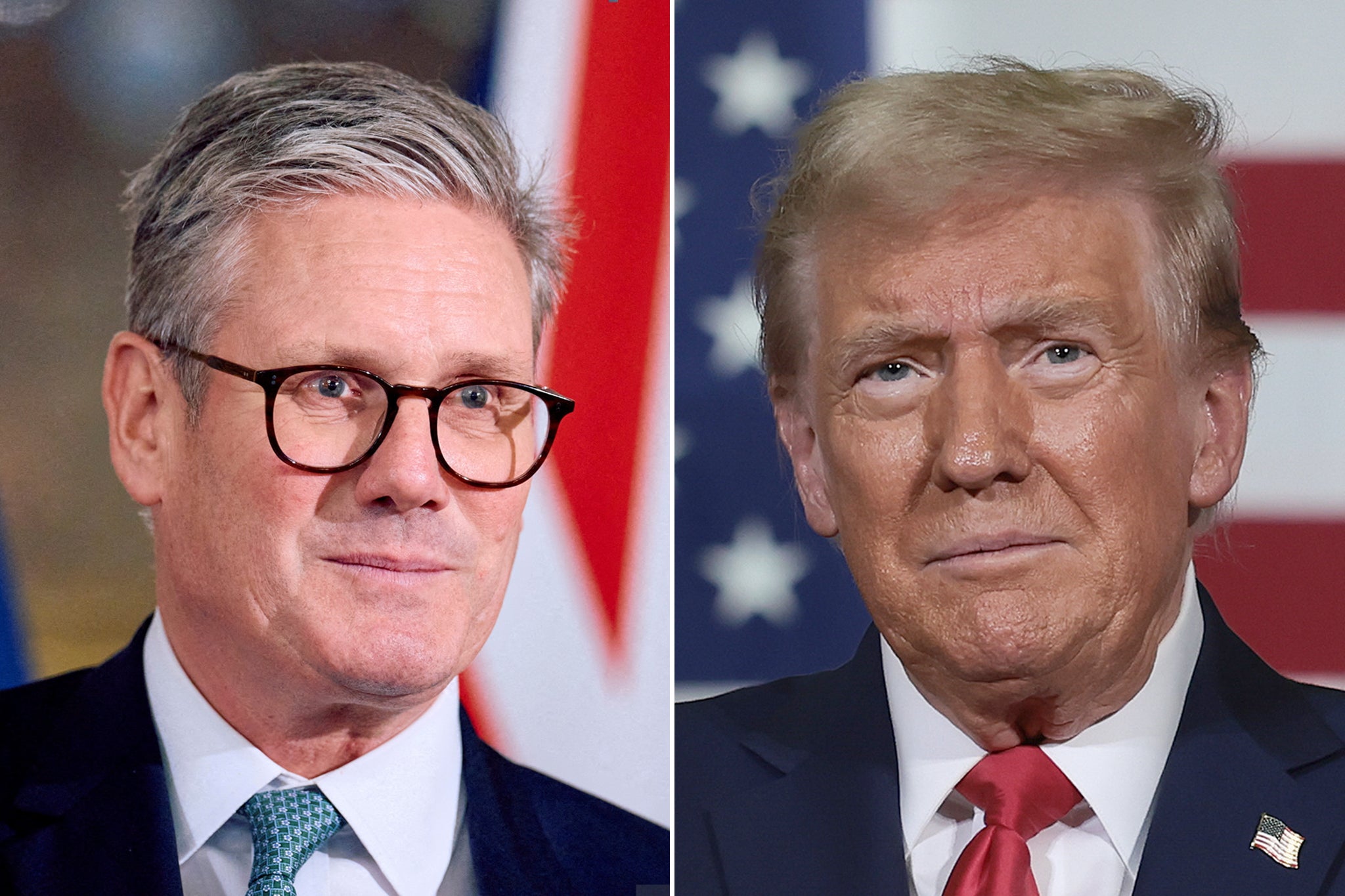Havana is a city that I imagine you know well – even if you have never been there to witness its rustic metropolitanism. The Cuban capital lives up to its stereotype. It is a beautifully dilapidated colonial city decorated in pastel shades of pastel pinks and creams, splashed with lime and maroon. Beneath a beaming Caribbean sun, the constant soundtrack comprises the rumble of 1955 Chevrolets and rumba blasting joyfully from ever-open windows.
I first arrived in the Caribbean’s largest city in January 1989 to research the first independent guidebook to Cuba.
Fidel Castro began that year basking, as he had for three decades, in the glorious revolutionary light. New Year’s Day marked 30 years since he had toppled the tyrant Fulgencio Batista and taken control of the island.
Economically, Cuba was just about managing. Despite the US economic blockade and inept collectivisation by the late Che Guevara, Moscow ensured that its ideological soulmate kept afloat. In a handsomely one-sided commodity deal, the Soviet Union sold oil to the island at well above the market rate, and bought Cuba’s sugar at inflated prices. The citizens were largely confined to the island. But they could always grab a bottle of Havana Club and head for the beach in a pre-revolutionary, gas-guzzling Detroit-built car held together with spot-welding, string and sheer willpower – rather like Cuba itself.
Yet 1989 was the year when the storm clouds began to gather over Cuba. The fall of the Berlin Wall, 35 years ago this month, started the domino effect that ended with the collapse of the USSR in 1991.
By 1994, the Cuban economy had imploded. This was the beginning of the “Special Period in Peacetime” – Fidel Castro’s term for eyewatering austerity. Many observers predicted the imminent downfall of the Communist regime. Late in 1994 the broadcaster Andy Kershaw presented a BBC Radio programme called “Castro’s Last Christmas?”
Fidel, though, had a cunning plan. “Only tourism can save Cuba,” he declared. And it did, with the president staying in power for a further 14 years.
In 1994, the first charter flights arrived from Gatwick to the eastern city of Holguin; before that, the main approach had been on the terrible old Ilyushin 62s of the national airline, Cubana, from Stansted.
While in 1989 only a few thousand British travellers made it to Cuba, by the end of the century the annual numbers were into the hundreds of thousands. They landed at a range of airports that had mostly been hurriedly converted from military bases and were bussed through the countryside to all-inclusive resorts from which ordinary Cubans were excluded.
Most visitors were content to stay in the enclave or invest hard currency on an excursion to Havana or the eastern city of Santiago. But independent travel became progressively easier, and specialist tour operators ran trips the length and breadth of the Caribbean’s largest island – making it easier to meet the citizens who make Cuba so special.
When Barack Obama became president, the tourism industry blossomed. The barriers imposed by Washington on vacations to the island began to tumble, and airlines launched busy networks of flights across the Florida Straits to enable “people-to-people contacts” to flourish, as prescribed by the White House.
Donald Trump reversed much of the rapprochement as president – culminating, in the final days of his term in January 2021, in adding Cuba to the US list of “state sponsors of tourism” alongside Iran and North Korea. One key effect: any British traveller who has visited Cuba since then cannot obtain a US Esta online permit to go to America. Instead, they need a full visa, requiring months and many dollars to procure.
By the time this cruel rule took effect, Thomas Cook had gone bust. The holiday company that failed in 2019 was by far the biggest operator to Cuba. Then Covid ravaged the Cuban tourist industry. Unlike in many parts of the world, foreign visitors did not return in anything like the same numbers as previously.
By this year, only one weekly charter flight from Britain remained: from Manchester to the main resort, Varadero. Tui then ended even that flight, disconnecting Cuba from the UK for the first time in three decades. A spiral of decline appears under way. The population is shrinking as citizens seek a better life abroad; the regime in Havana has long given up trying to keep Cubans from fleeing.
Last month an island-wide power cut intensified the suffering of the remaining 10 million inhabitants
Yet in an increasingly weird world, another change at the White House might reset relations and start to reverse the damage – allowing Americans to experience the island’s beauty, ambience and occasional exasperation.
Perhaps tourism really can save Cuba. Meanwhile, I encourage you to visit the island using an indirect routing via Paris or Madrid.
Savour Havana. Go to the beach. Meet the Cuban people. They, and you, deserve to be enriched by the experience.
Simon Calder, also known as The Man Who Pays His Way, is co-author, with Emily Hatchwell, of Traveller’s Survival Kit: Cuba. He has also been writing about travel for The Independent since 1994. In his weekly opinion column, he explores a key travel issue – and what it means for you.
Source: independent.co.uk



